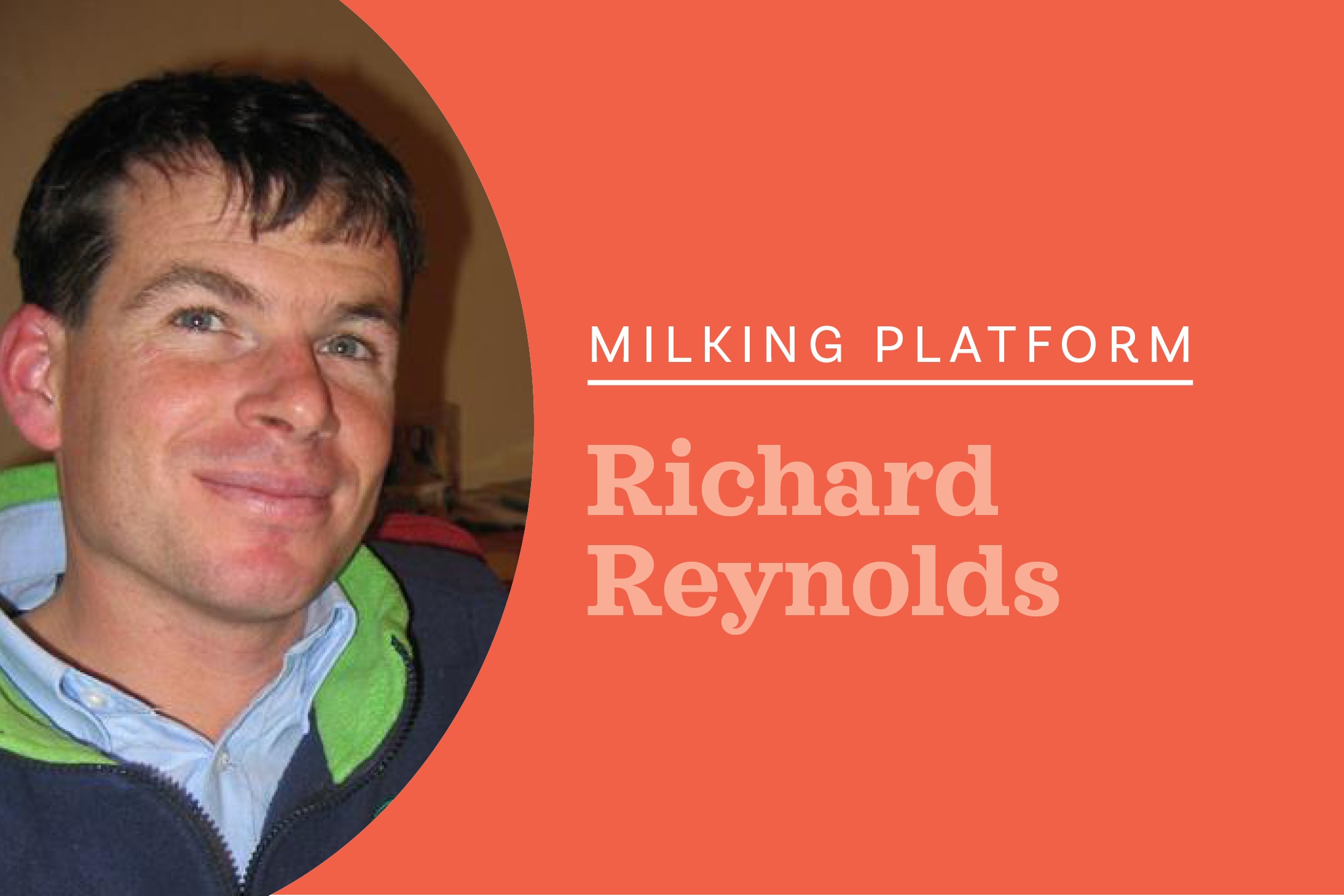When flooding hit South Canterbury near Christmas, the community rallied for the clean-up, Frances Coles writes.
As I reflect on the three months since my last column, it’s pretty clear the weather has been a season-defining factor for many around the country – ourselves included.
The Geraldine Christmas parade last year was one to remember – marking the start of a ferocious 13-hour long thunderstorm over the whole South Canterbury region (not an ideal night to have five extra young girls over for a birthday party sleepover!), and this was followed the next day by the Rangitata River breaking its banks near the Arundel bridge.
The resulting significant flooding saw road access to the bottom half of the South Island cut off for days; outages to power and phone services to a significant section of the population, and devastation on a number of farms alongside the southern side of the Rangitata River.
There was basically as much water flowing in the vicinity of the historic Rangitata River South Branch as there was down the main riverbed; cowsheds and houses had been submerged; power pylon towers lay scattered across the landscape like screwed-up aluminium drink cans; sections of road and railway lines were washed out; and as far as the eye could see, dirty brown water snaked its way toward the coast.
To give some perspective on the amount of water flowing where it normally wouldn’t, we diverted one of four ‘streams’ flowing on to our equity partnership farm into the feeder race to our 8ha irrigation pond (which had just been emptied so repair works could be done to its base), and we managed to completely fill it over just a couple of days. But if this seems impressive, consider that we are near the coast and about 3km from the river, so not even one of the badly affected farms!
As the floodwaters receded and a huge concerted effort began by many organisations to shore up the breached riverbank and reopen roads and railway lines, farmers in the area were left with angry scars of shingle and silt across their land, infrastructure in varying states of working order, and stock needing to be relocated and fed.
If there was anything heartening to come from this experience, it was seeing the local community band together to help each other. Farmers thanking their lucky stars not to have been affected by the chaos came to the aid of their less-fortunate neighbours, giving assistance to evacuate people, stock and property. The local community and groups like Rural Women and Bellyful rallied together with food for those who needed it and beds for evacuated families and stranded travellers alike.
This community spirit carried on for days and weeks, with farmers and Primary Industry Academy students gathering to take part in working bees on farms to help relocate stock to available feed, remove flood debris from lanes and fence lines, and generally provide some much needed moral support.
I have observed this same caring rural character displayed in the south since as the Southland region suffered the same fate a couple of months later, and have been delighted to see people I have had the pleasure to know through Dairy Women’s Network, putting their organisational skills to great use with the local Rural Support Trust.
These trusts provide a meaningful and greatly valued service to those in need, like the communities currently battling drought in the north, or those still working their way through the minefield that is experiencing Mycoplasma bovis first-hand.
As farmers, we willingly throw the dice of chance with Mother Nature, but she can play a hard game at times, so it’s always good to know there’s a community behind you to help when the odds aren’t in your favour. If you’ve been battling through any of these events in recent months, and are continuing to feel the strain, please reach out for assistance. Sometimes the bravest thing you can say is ‘help’.





